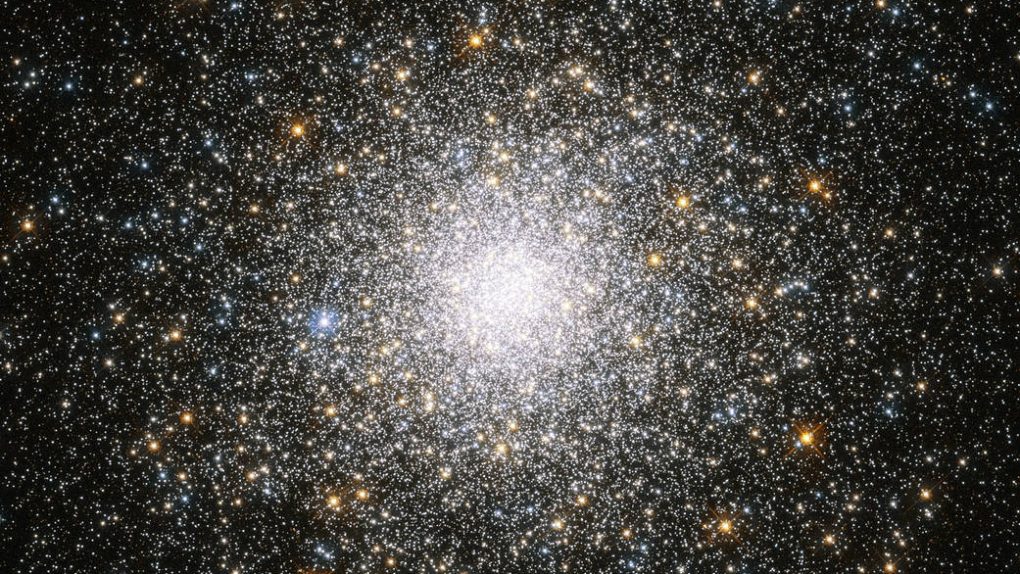Astronomers from around the world just confirmed the existence of an entirely new planet. It was first spotted by NASA’s TESS (Transiting Exoplanet Survey Satellite) and then confirmed after additional investigation. It’s big, even larger than Jupiter, but unlike our own gas giant, it orbits its host star a much shorter distance.
The new gas giant, now known as TOI-677 b, is thought to be around 23 percent more massive than Jupiter, and it completes an orbit of its star every 11.23 days. That makes it a “warm Jupiter,” rather than a “hot Jupiter,” which is the name given to gas giants that complete an orbit within 10 days.
The host star this new gas giant orbits, TOI-677, is somewhat similar to our own Sun. It’s estimated to be around 18% more massive, with a surface temperature of around 6,300 Kelvin. Our Sun has a surface temperature of around 5,800 Kelvin.
When astronomers discover new exoplanets lurking deep in space it’s tempting to imagine the possibilities for extraterrestrial life. In the case of TOI-677 b, it’s not the kind of place we’d ever expect to find life forms of any kind. Based on what scientists know about the distance between TOI-677 b and its star, it’s likely to be piping hot.
The researchers calculated its equilibrium temperature to be approximately 1,252 Kelvin. Equilibrium temperature only takes into account the heat radiating from the star and is based on the distance between the star and any given planet. It doesn’t take into account the makeup of the planet itself or any atmosphere, and since TOI-677 b is a gas giant it’s possible that temperatures within the planet exceed that mark.
TOI-677 b isn’t the kind of place we’d ever want to visit, but based on the data the team gathered, there may be more than one planet orbiting the same star. It would take additional digging to find out if there’s a second planet hanging out around TOI-677, so we’ll have to wait and see.








